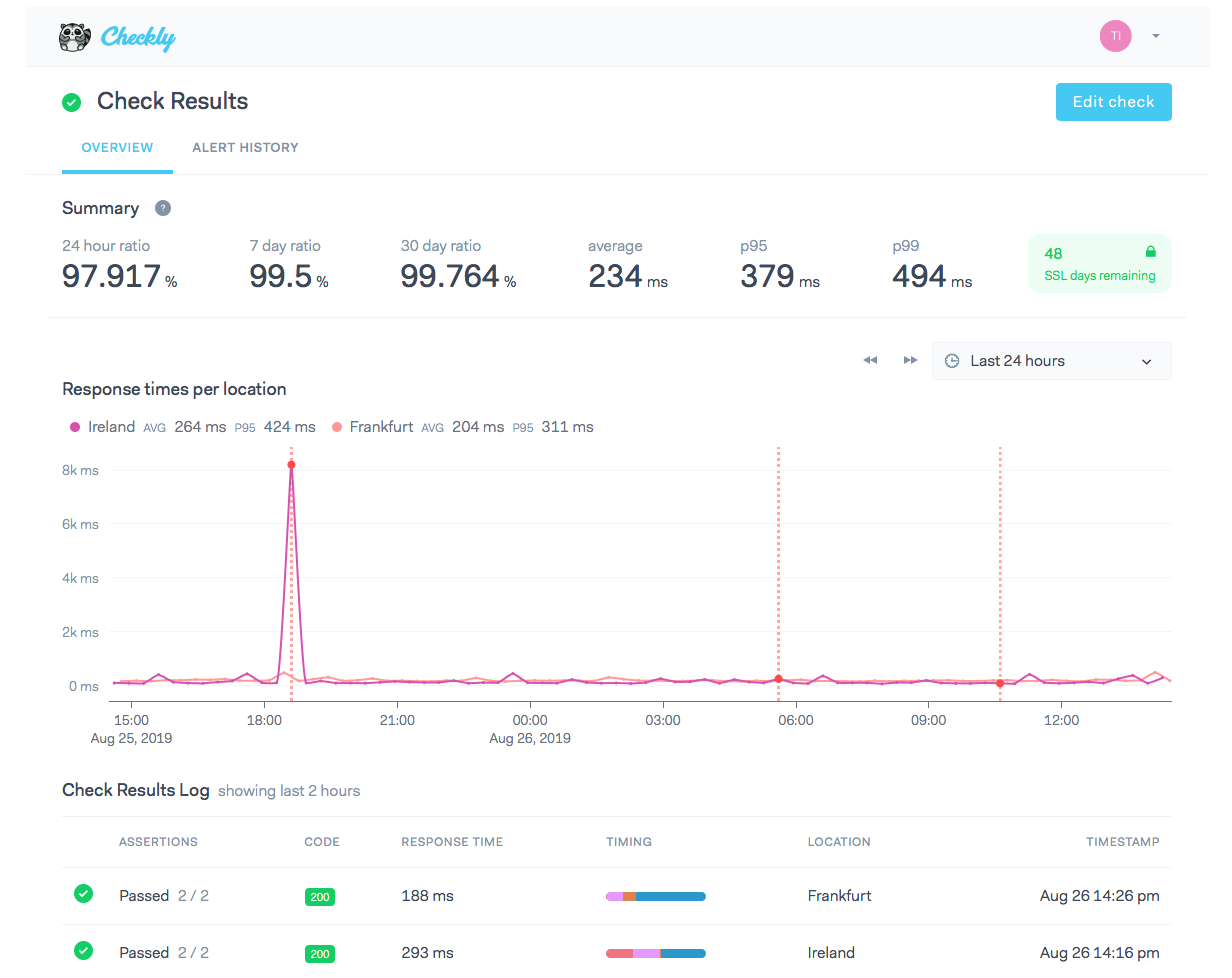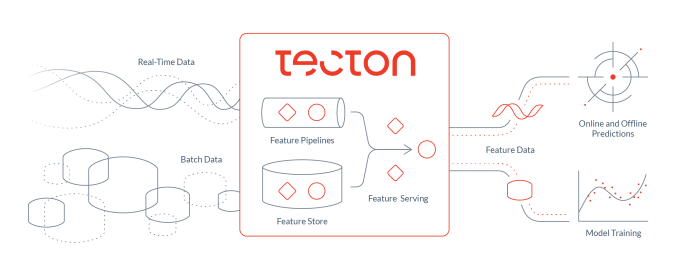Material Bank, a logistics platform for sourcing architectural and design samples, raises $28M
Material Bank, a logistics platform for the architectural and design industry, has announced the close of a $28 million Series B financing today, led by Bain Capital Ventures. Bain’s Merritt Hummer led the round on behalf of the firm and will join the board of directors at Material Bank, along with Jeff Sine, cofounder and partner at The Raine Group.
Existing investors Raine Ventures and Starwood Capital Group cofounder, Chairman and CEO Barry Sternlicht also participated in the round.
Material Bank launched in January 2019, founded by Adam I. Sandow. Its platform is meant to serve designers, architects and others who source and purchase the very building blocks of our physical world: materials.
Most architectural firms and designers have their own physical library of materials in their office, like carpet swatches, wall covering samples, tiles, and hardwoods for flooring. These libraries are nearly impossible to keep up to date — not only do styles change over time (just like clothes or anything else) but architects pull this or that binder of wall coverings or carpets and there’s no telling if or when that binder returns to the library, or if the binder will still be complete when it does return.
The other big obstacle for designers and architects is that there’s no real aggregation across the many, many manufacturers of these materials.
Sandow likens it to searching for a flight in the old days.
“We all used to book airline travel through an agent, and then the airlines offered websites,” said Sandow. “We thought ‘this is great! I can just go to AA.com or Delta.com to book my flights.’ Until we wanted to price shop. Then you had to search four or five different websites and write down all the prices and by the time you found the price you wanted, it may be gone.”
Then came Expedia and Hotwire.
That’s how Sandow thinks of Material Bank for the architectural industry.
Material Bank aggregates materials across hundreds of vendors, giving users the ability to filter around multiple parameters to find a selection of materials in minutes instead of hours.
But aggregation and powerful search are only half the battle. Designers and architects are also burdened by the time it takes to get their samples. One package may arrive tomorrow, with two others in the next three days, and still more coming in one week.
This leads to a confusing experience of getting all these samples together to show a client, and is a huge environmental waste with dozens of boxes arriving at the same exact location over several days.
To combat this waste, Material Bank built a facility in Memphis directly next door to FedEx’s sorting center. This facility is the very last stop that FedEx makes each night before sorting and sending off its overnight packages by plane.
That means that Material Bank users can place an order by midnight EST and get their samples, from any vendor on Material Bank, by 10am ET the next morning. These samples come in a single box with a tray that can be repurposed into a return package to send back unneeded samples.
Obviously, Material Bank’s facility would require hundreds of workers to turn around orders that come in late to be picked up by FedEx if it weren’t for advancements in robotics. Material Bank partners with Locus Robotics in its facility, and is thus able to pay $17.50 an hour to its human workers in the building.
Sandow says that coronavirus has not hampered the business at all, with the company seeing record revenues in March and with expectations to beat that record in April. That is partially due to the fact that those physical sample libraries in architectural and design firms are no longer accessible to employees who have had to shift to working from home.
Material Bank doesn’t charge architects or designers for the service, but does have a hybrid SaaS model in place for manufacturers and vendors on the platform. Manufacturers pay a monthly fee to access and use the platform, listing their SKUs, as well as a transactional fee to get access to the architects and designers placing orders for samples of their materials. Essentially, the manufacturers pay for the lead generation and hand-off to potential customers.
Sandow spent the last two decades growing a media network of architectural and design-focused magazines and knew early on that a reliance on advertising wouldn’t cut it as media moved online, with plans to build tools and services instead.
Material Bank was born out of that effort, and spun out of Sandow group relatively early on in its life.
The company has raised a total of $55 million since inception.
![]()






